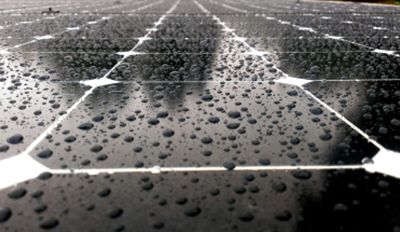SunPower® by Alternative Energy Systems serves the North Valley region of California, known for its hot summers and unpredictable winters. Despite the fact this part of the state typically enjoys mostly sunny days, you may want to know how solar systems respond to the rest of the region’s seasons.
A common misconception involves the belief that winter weather makes it harder to collect energy with a solar energy system. In order to understand why this is not necessarily the case, here’s a short explanation as to how solar systems create useable electricity.


